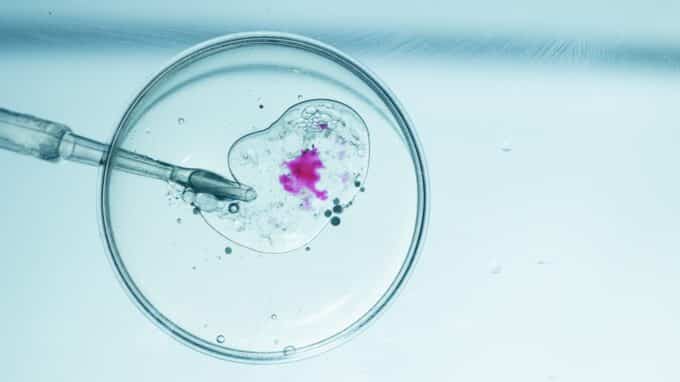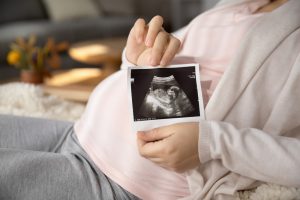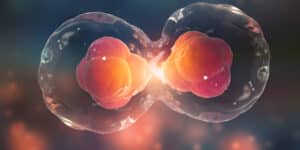As embryos grow from conception to birth, cells multiply rapidly and move in a highly organized way to form the skeleton, organs and other important systems. But how do the cells know to move in just the right direction at just the right time to create a fully formed, complex living organism?
This question poses major challenges for scientists. To find the answer, Mattia Serra, assistant professor of physics at the University of California San Diego, and colleagues at the Politecnico di Milano (Italy) have developed a new method to manipulate the movement of embryonic cells using short-term attractors – a concept Serra had previously developed and adopted for search and rescue operations at sea. Her work appeared in Physical Review Letters.
How Cell Movements Take Place Within the Embryo
Short-term attractors are structures that influence the dynamics and movement of a system for a limited time, but do not determine long-term behavior. By modulating the spatial distribution of myosin – the molecular motor that drives cell movement – the researchers were able to control the positioning of these attractors and direct cell accumulation to specific areas of the embryo. While myosin drives cell movement within the embryo, there are also external forces or perturbations that push and pull on the embryo. These perturbations are forced upon the embryo and are not controlled by it.
This is a delicate dance. The embryo must distribute the myosin optimally so that the cells move towards the attractors required for development while coping with the imposed perturbations. Using theory and simulations, the researchers were able to develop an optimal control strategy to generate and control short-term attractors in currents similar to those in embryonic development. To confirm their theory, members of the Weijer group at the University of Dundee (Scotland) manipulated the myosin distribution of a chick embryo. Normally, the embryo develops a short-term attractor in the form of a line along which the main body axis forms.
Serra’s predictions suggested that with a certain distribution of myosin, a ring-shaped short-term attractor could develop. The Weijer group was able to implement the proposed myosin distribution in a living embryo and developed a circular attractor instead of a linear one. This new method of controlling cell flow can be used in the development of synthetic organs and organoids and could help with applications in regenerative medicine.




